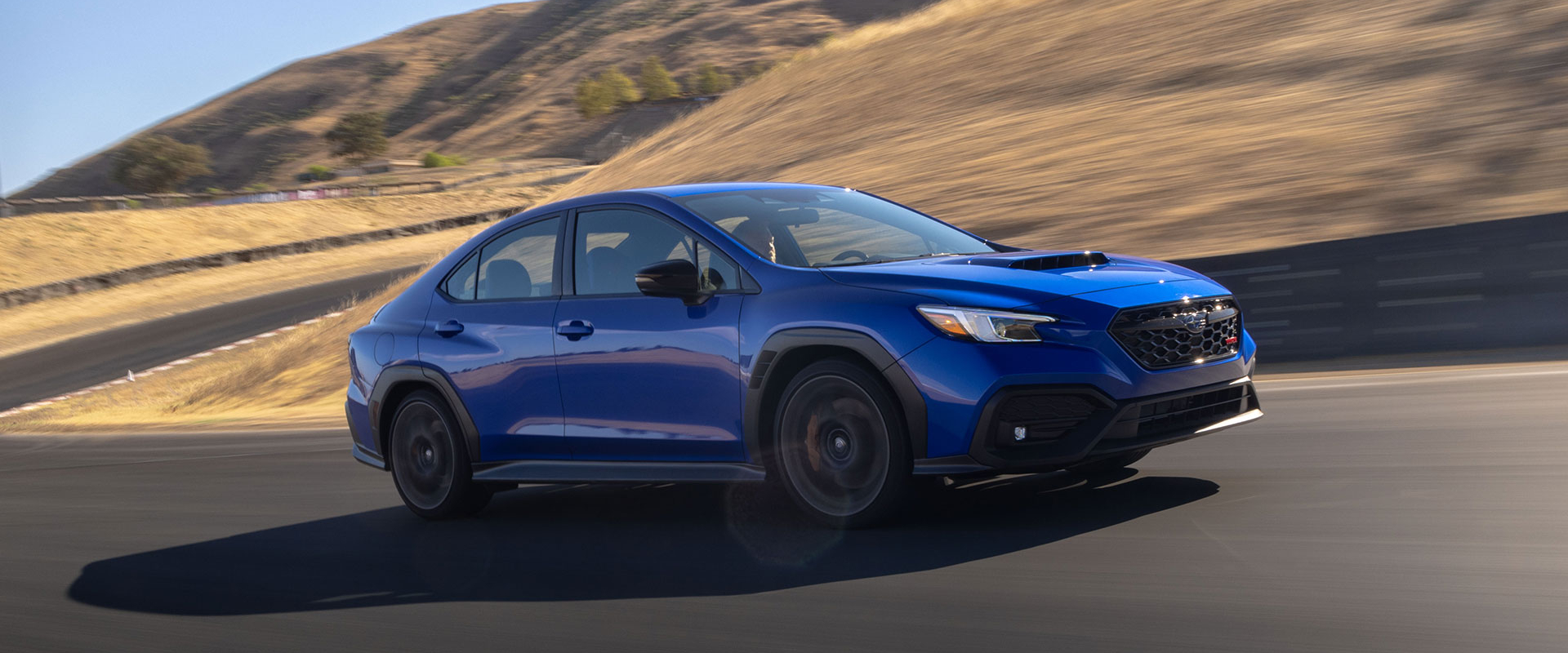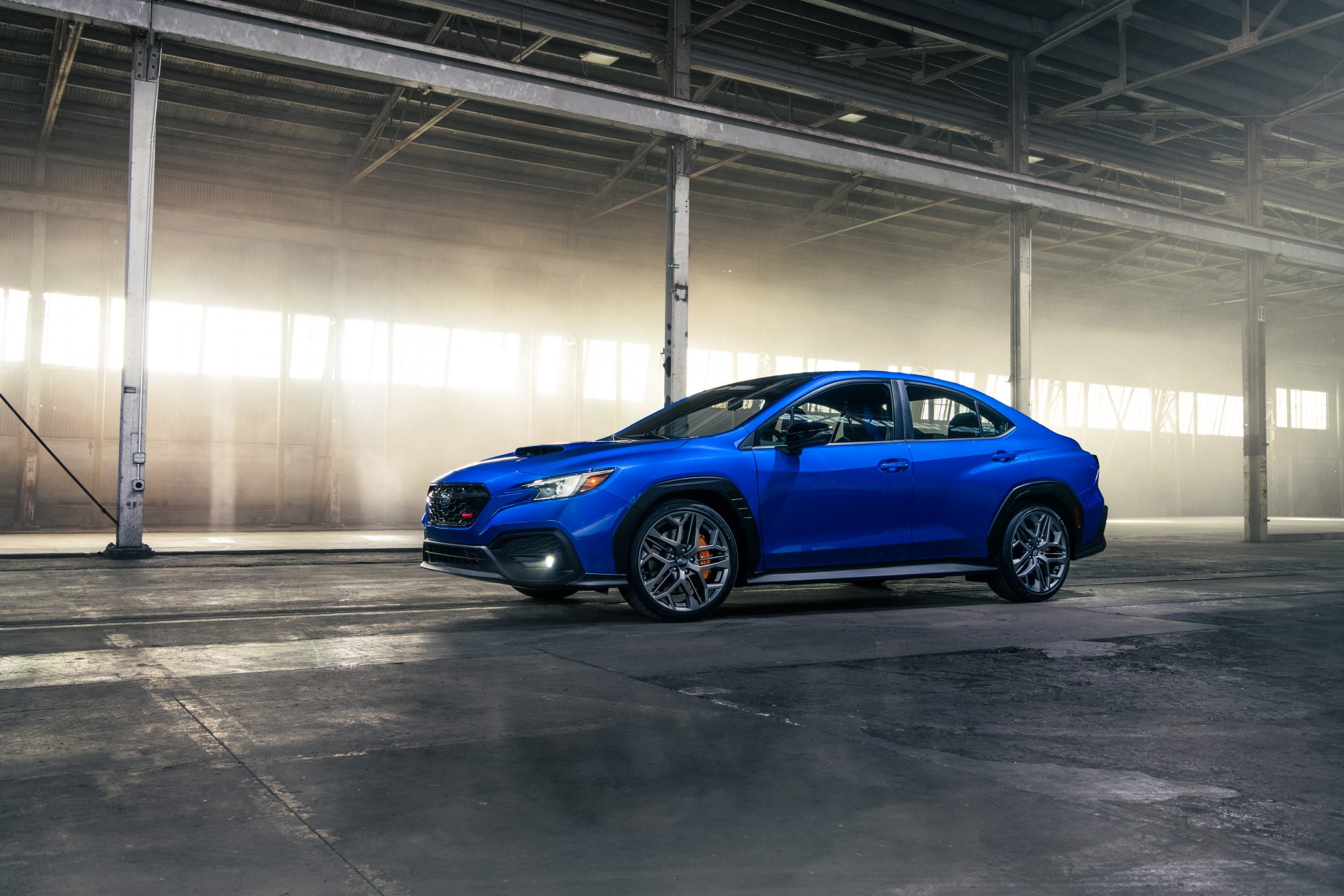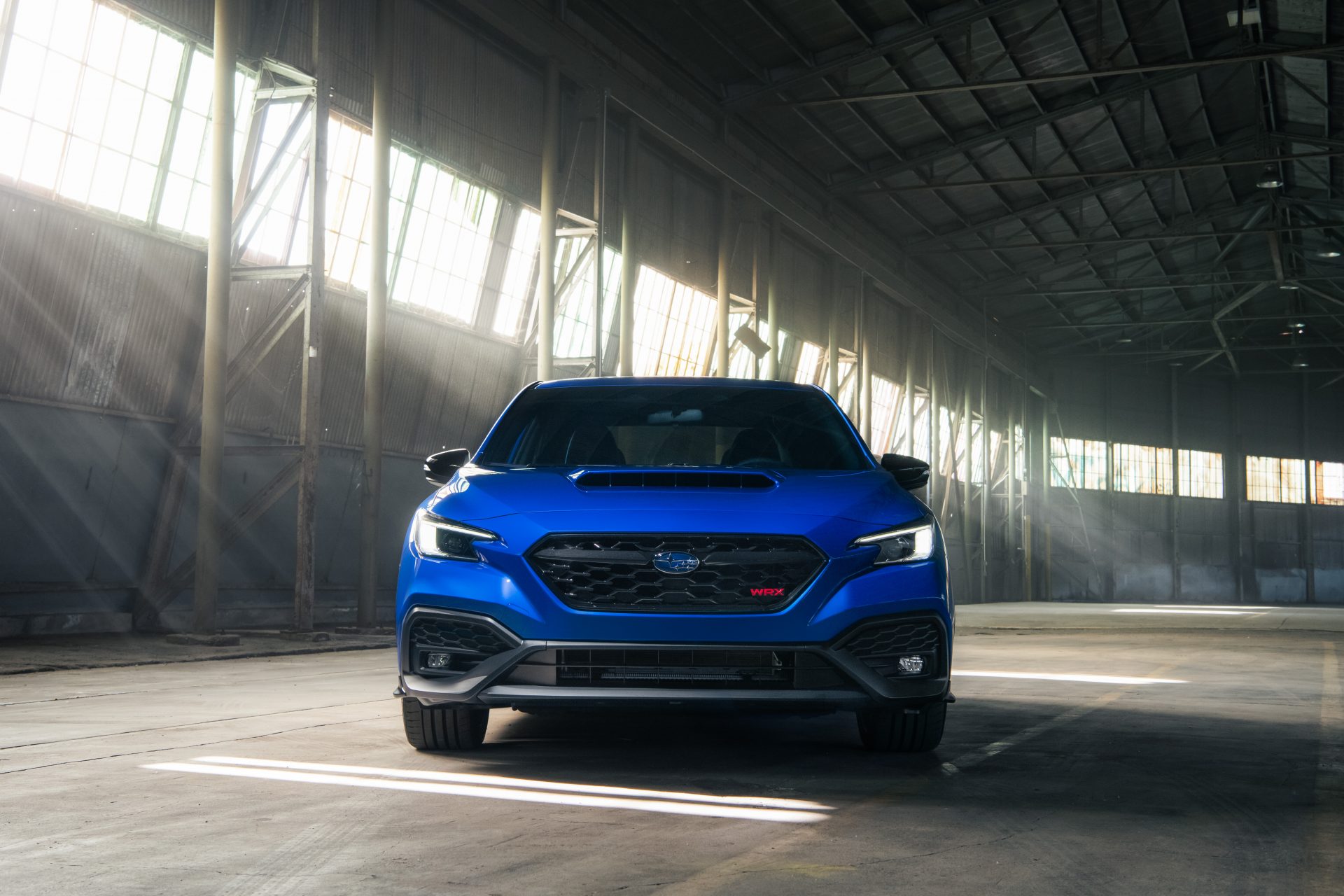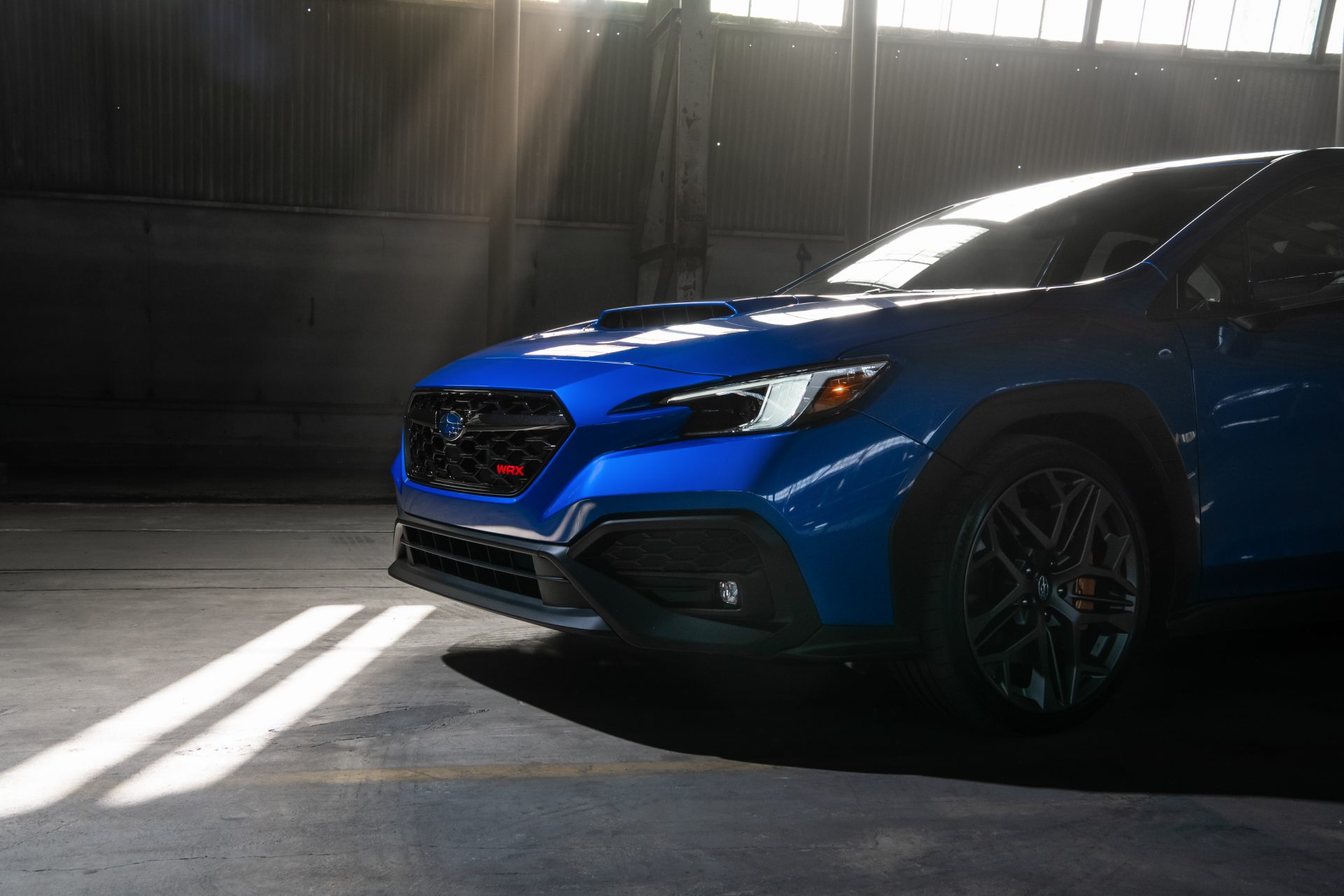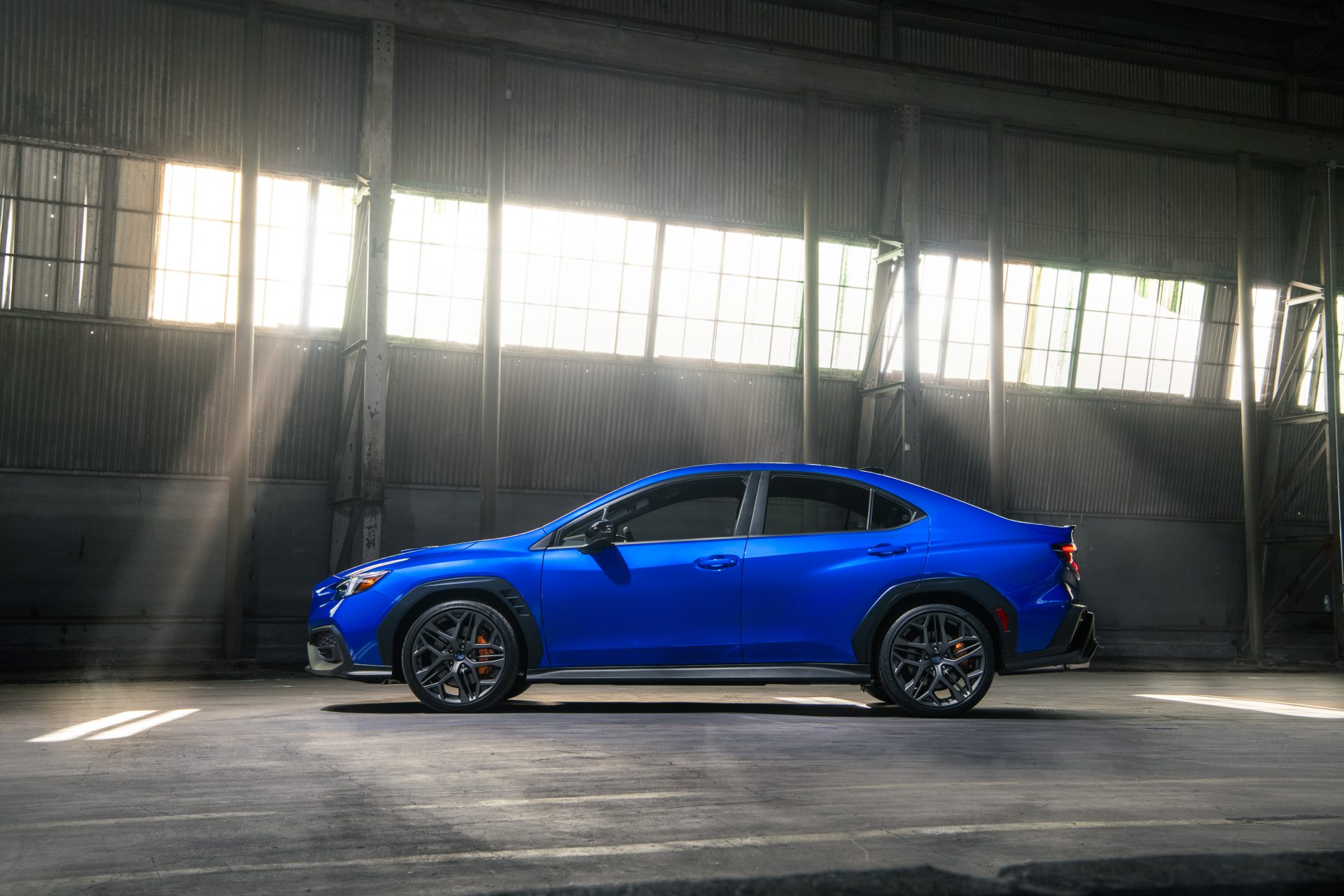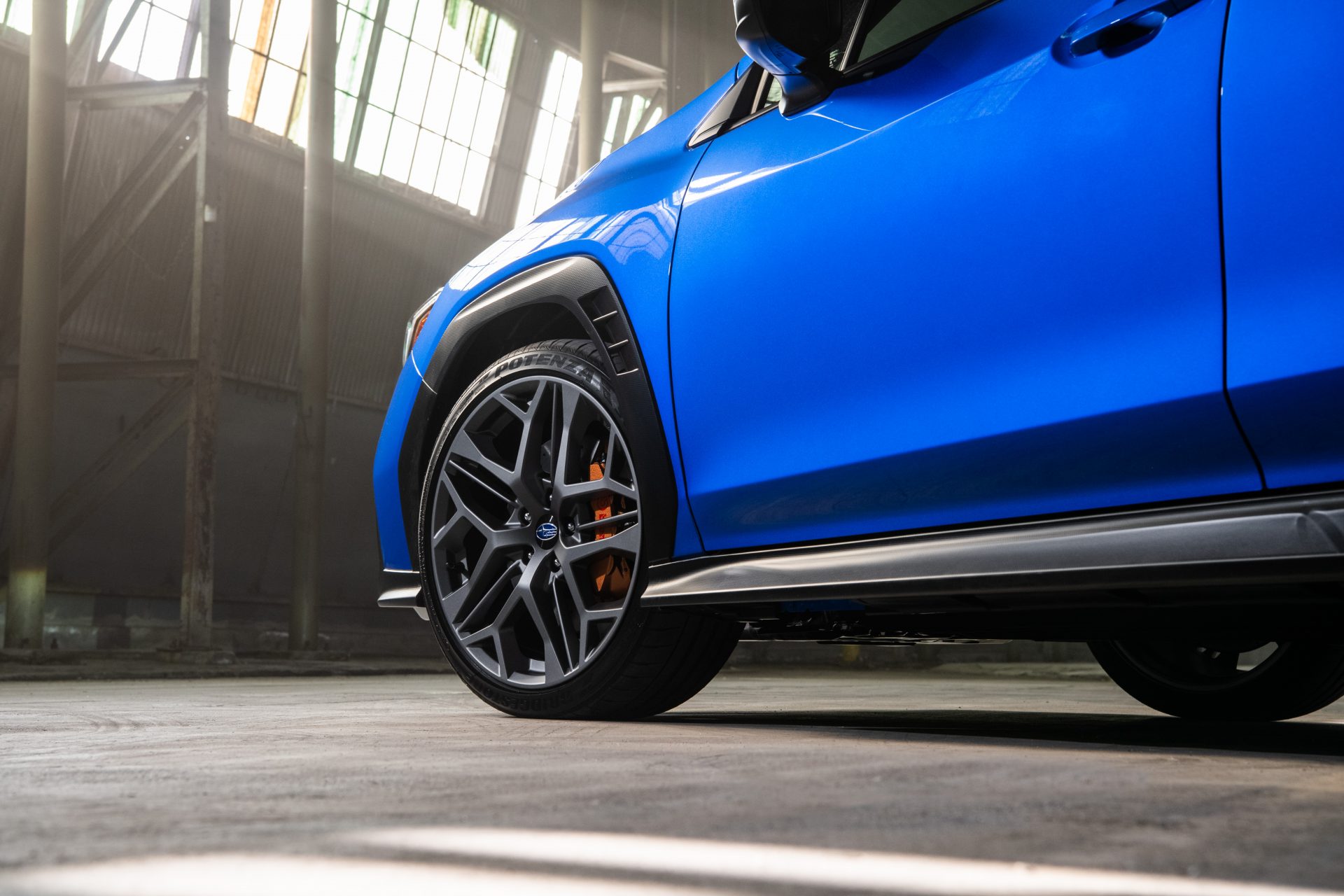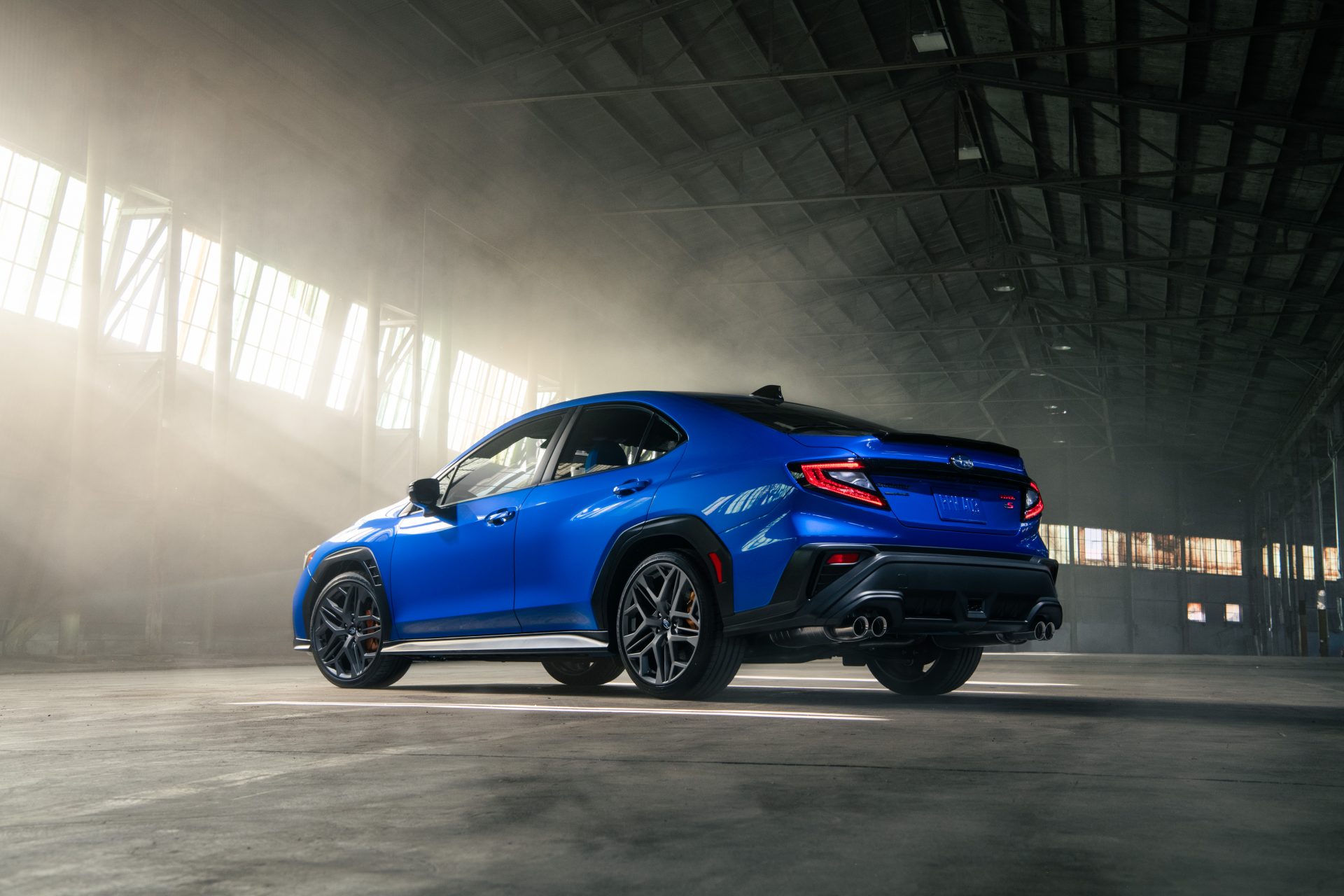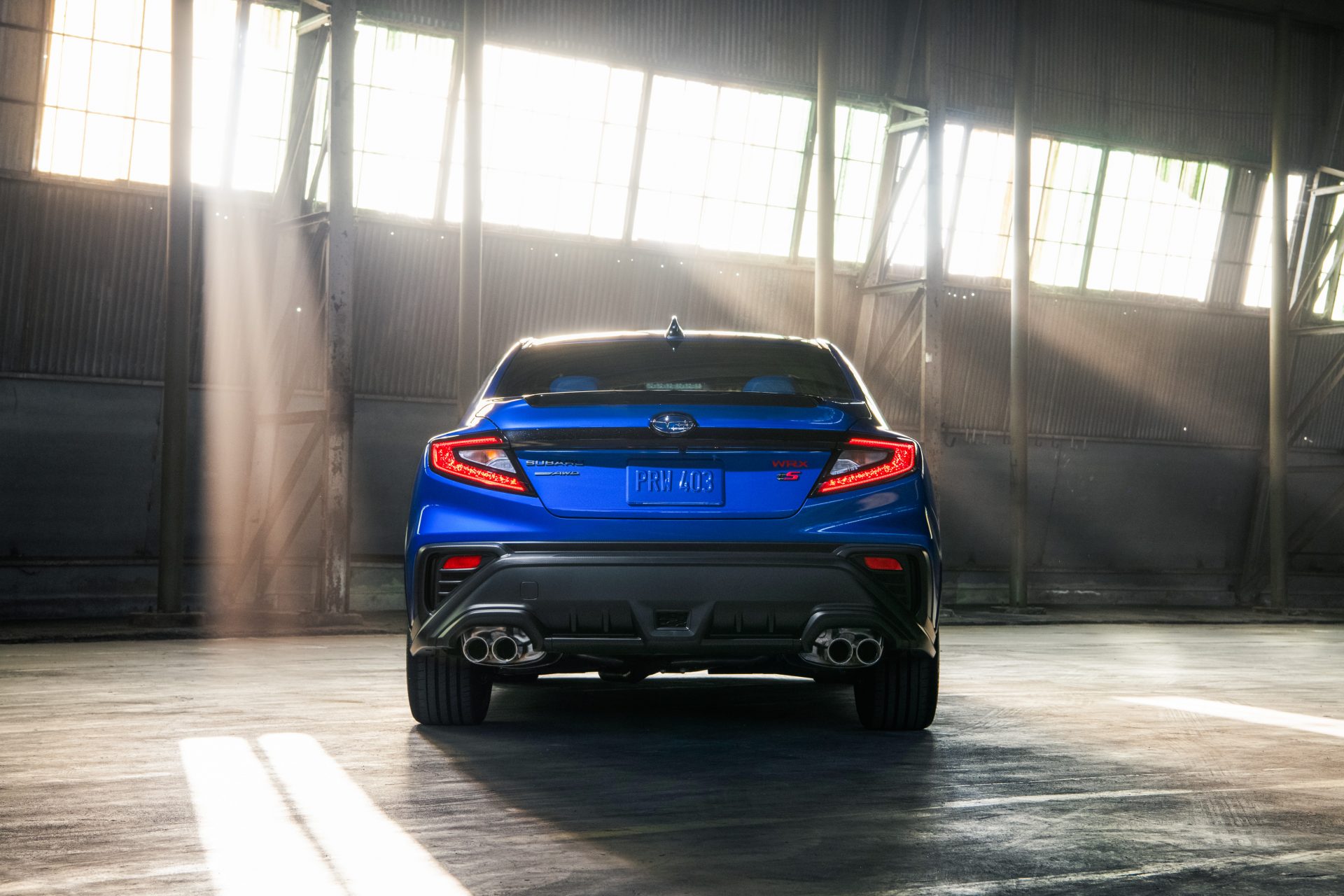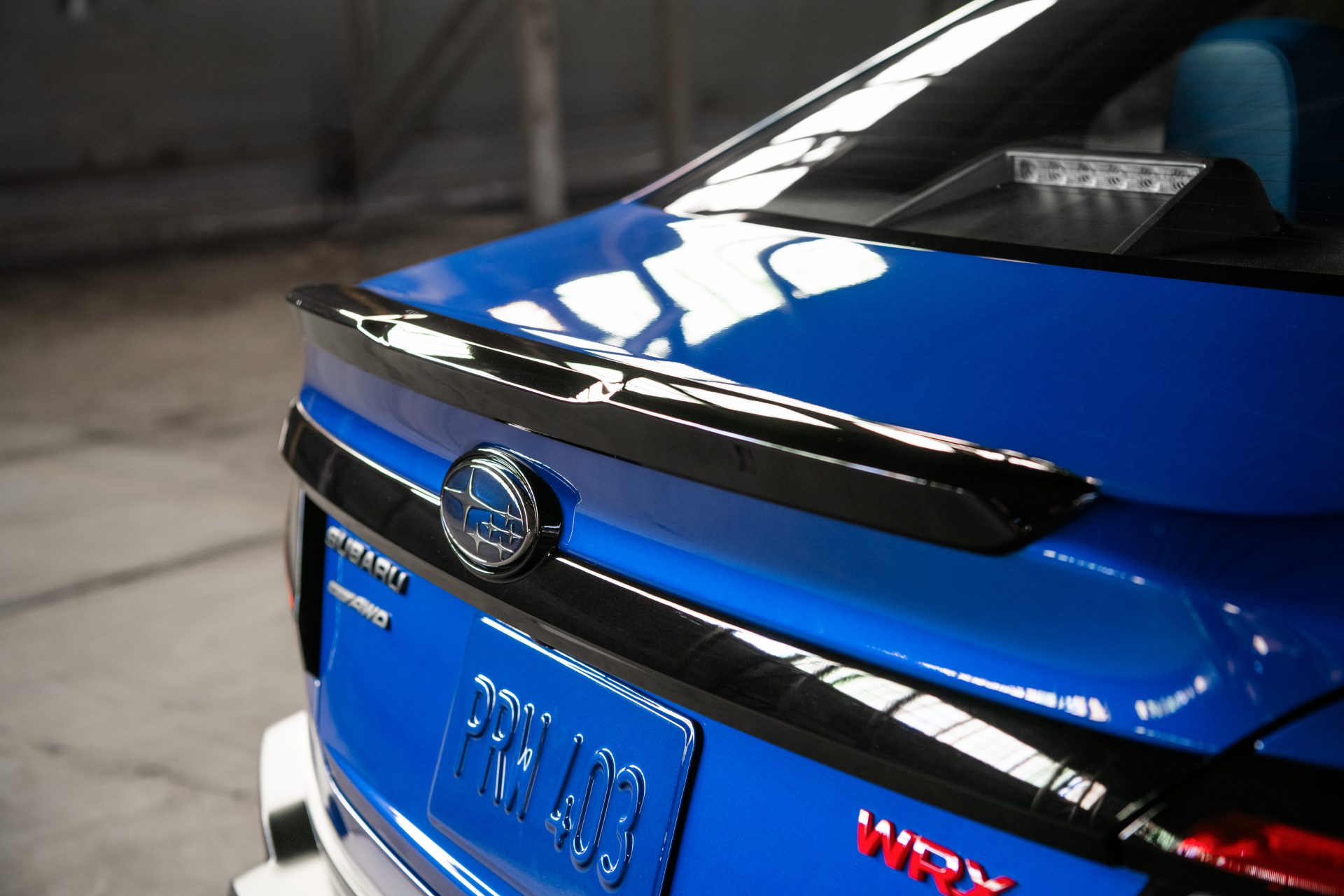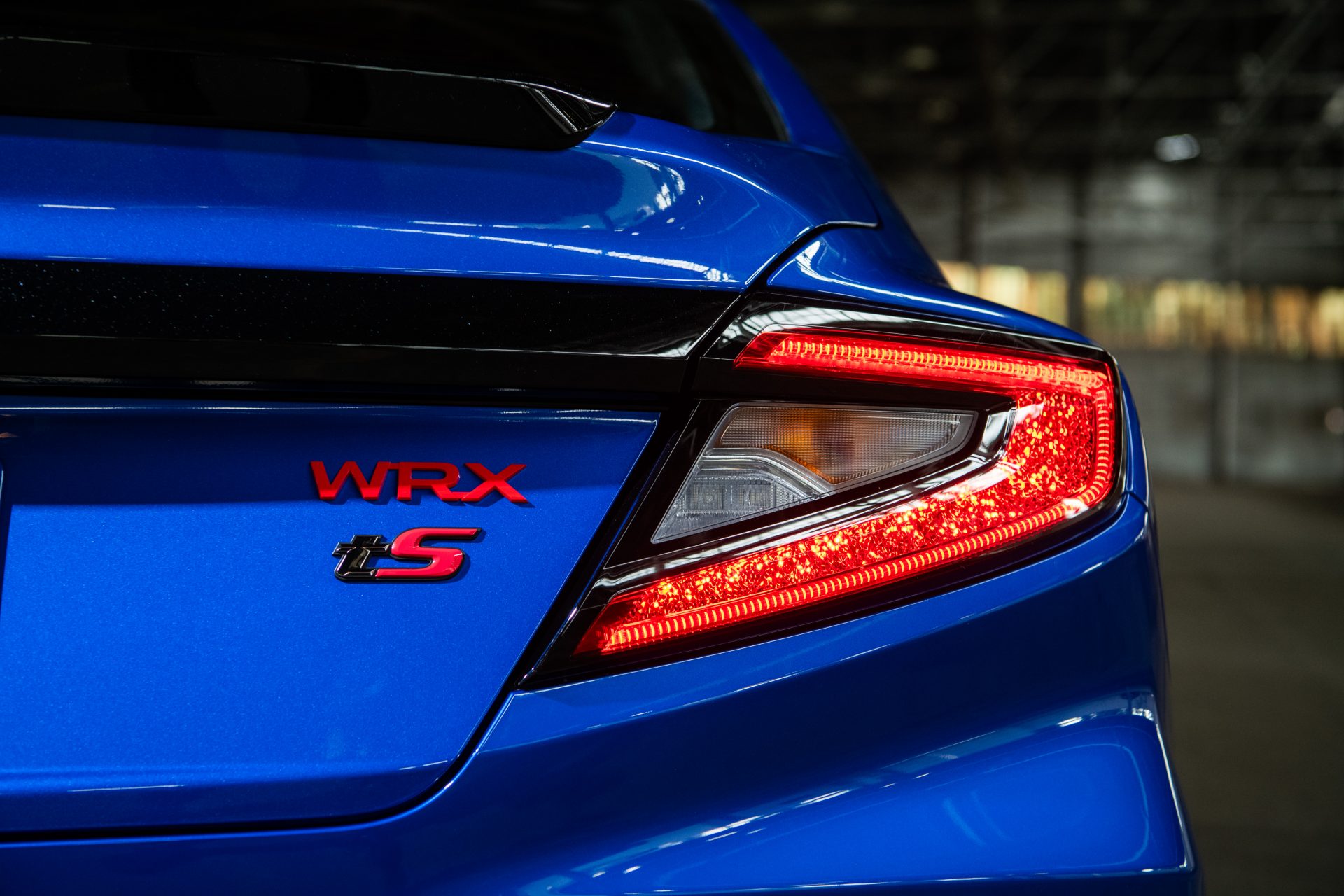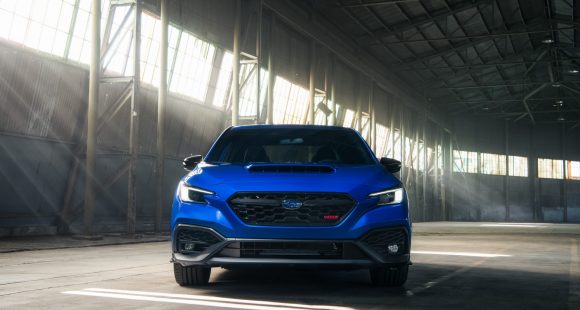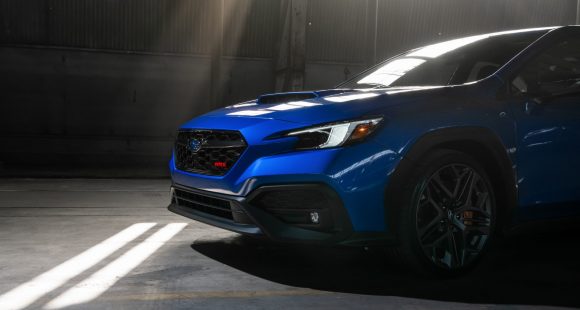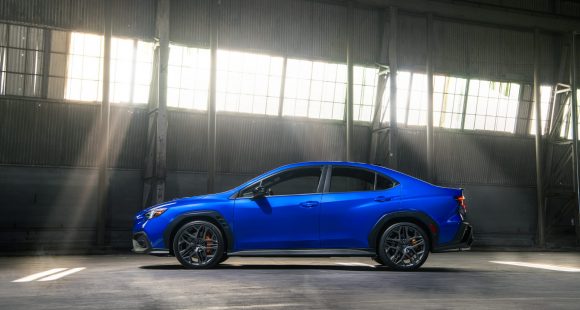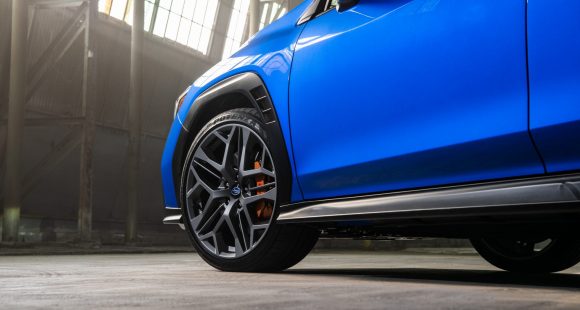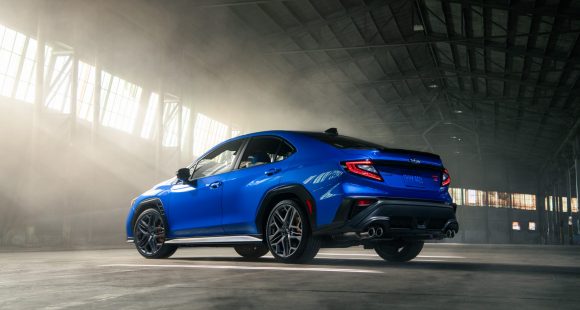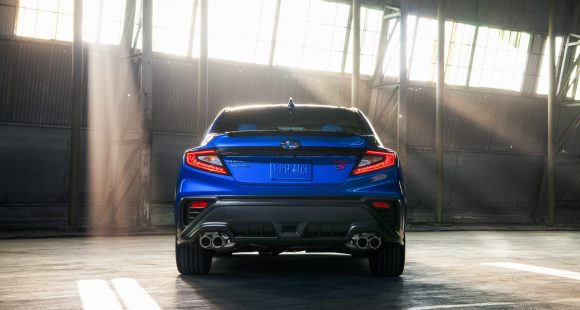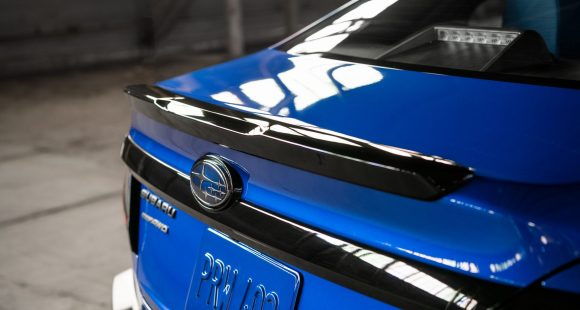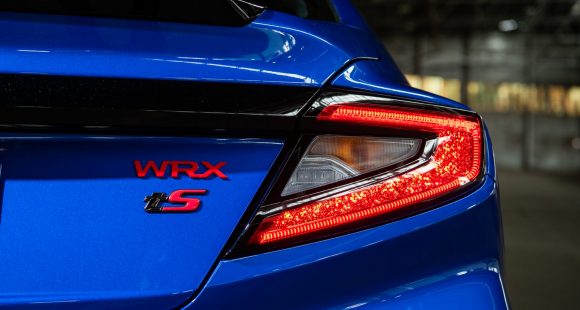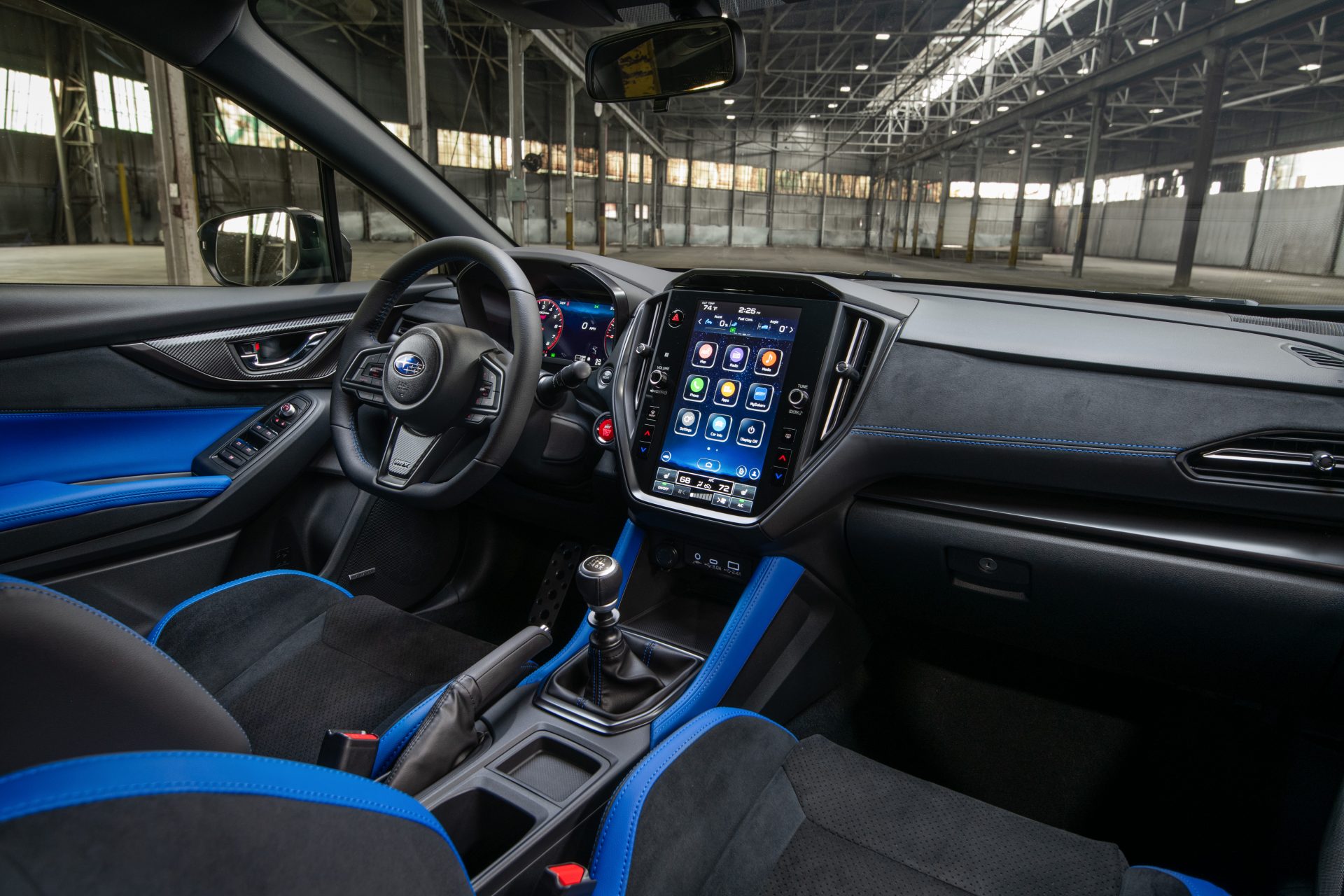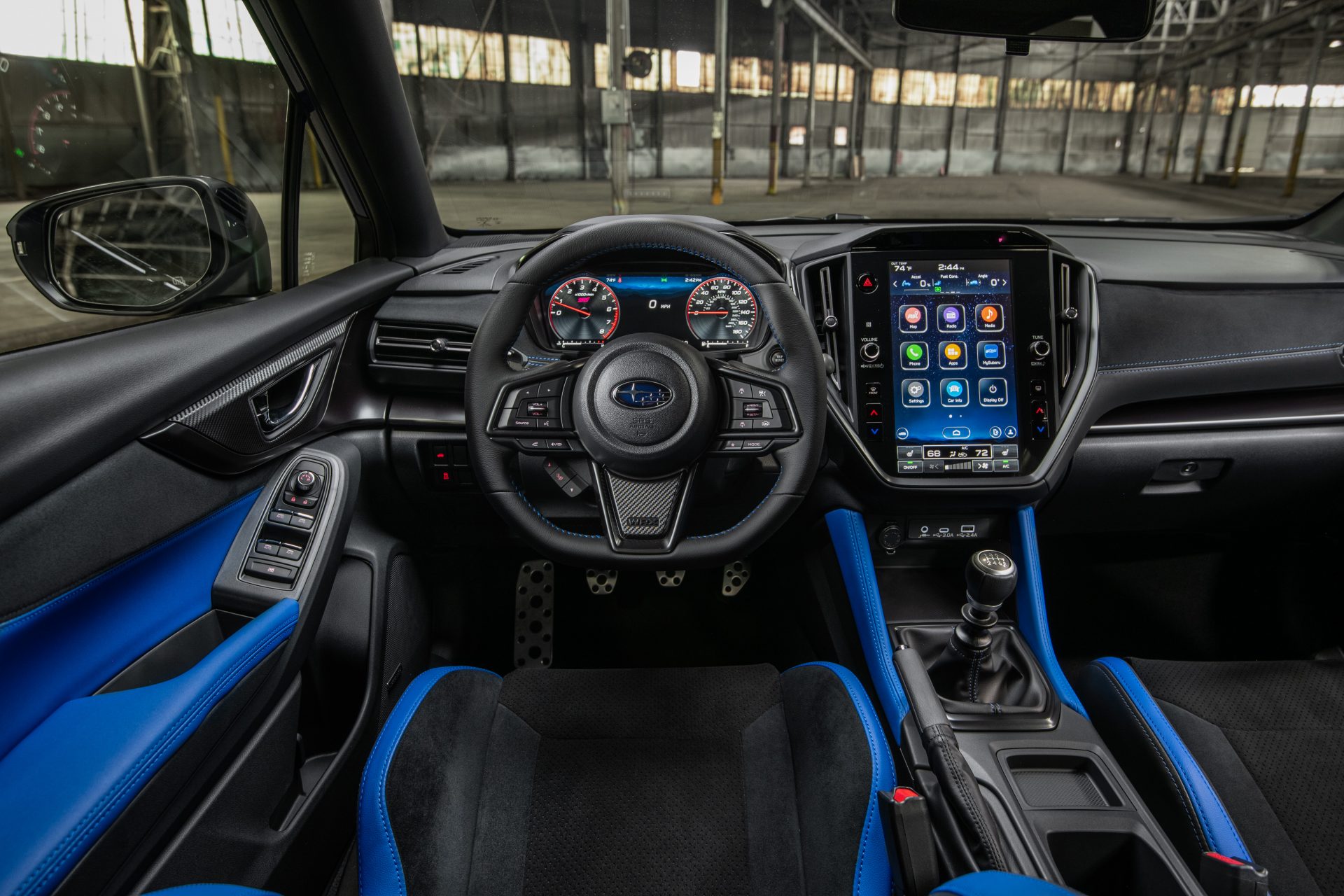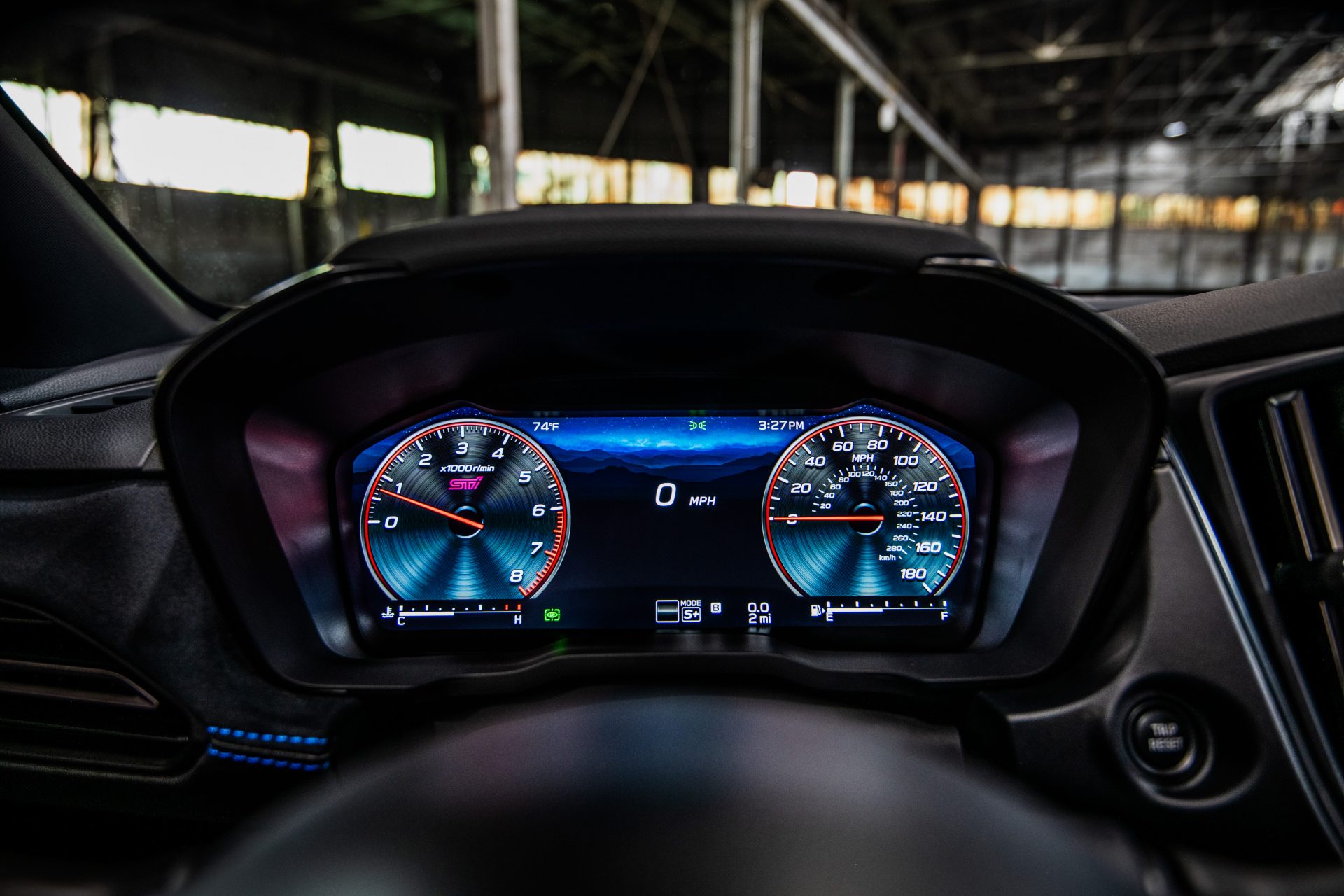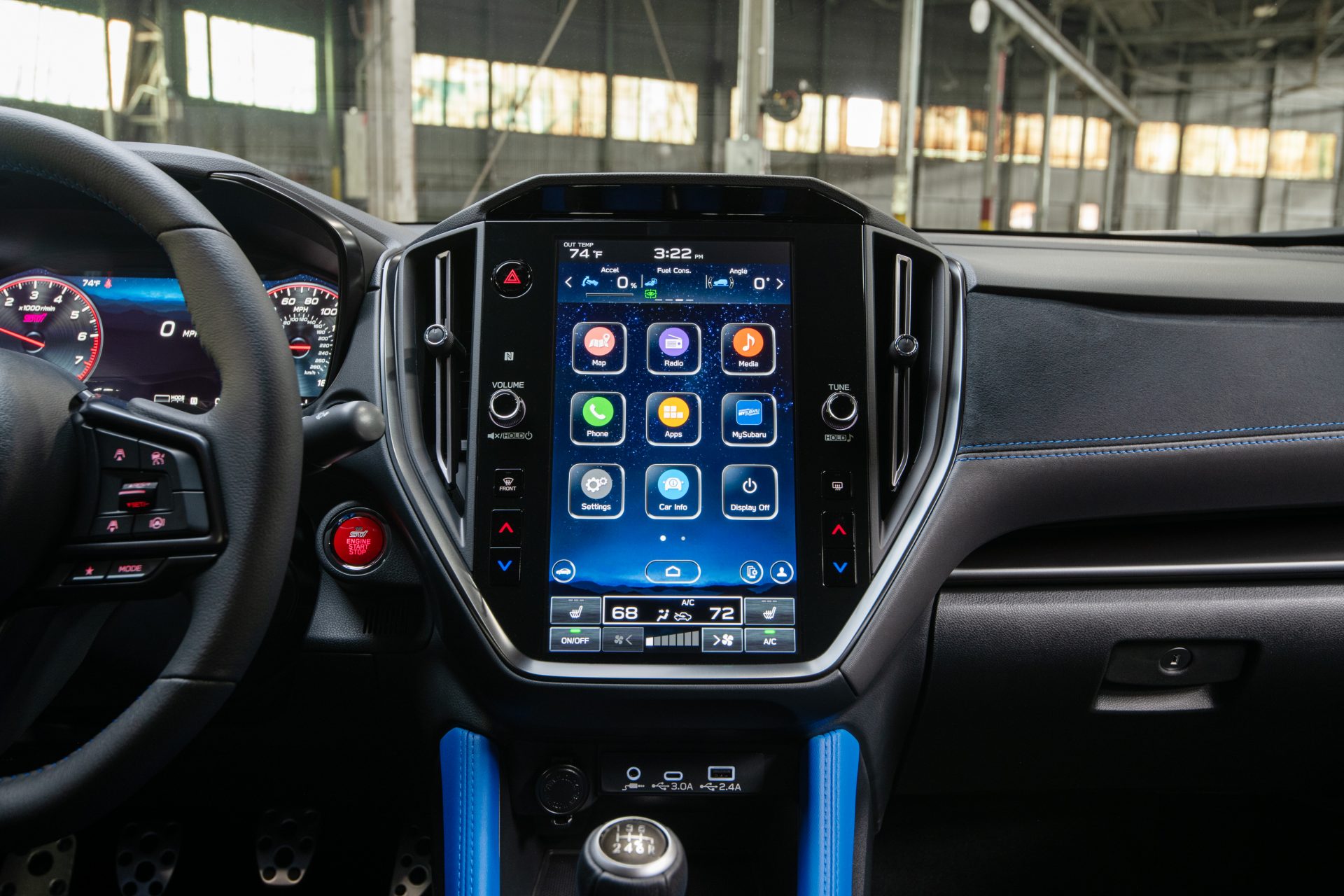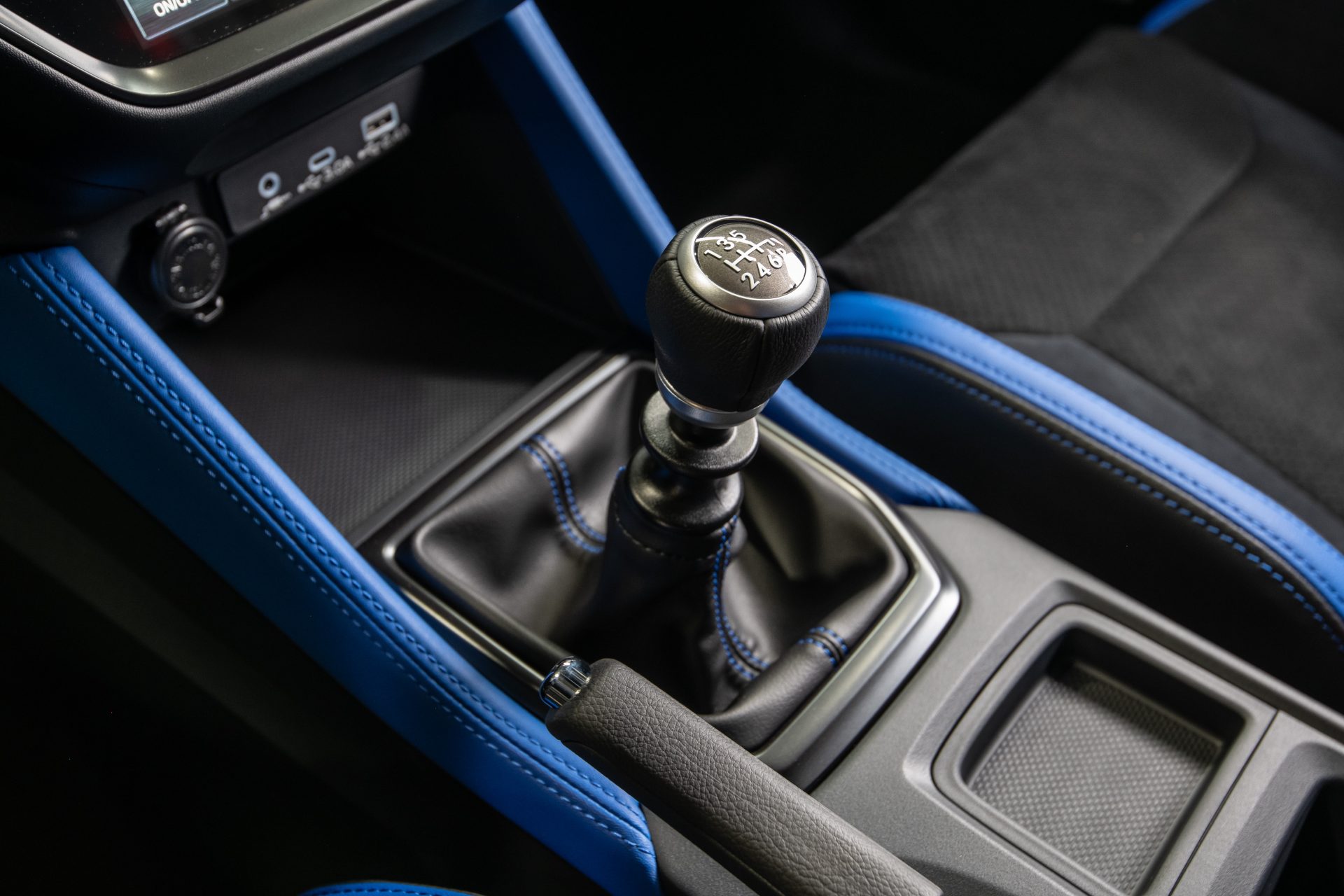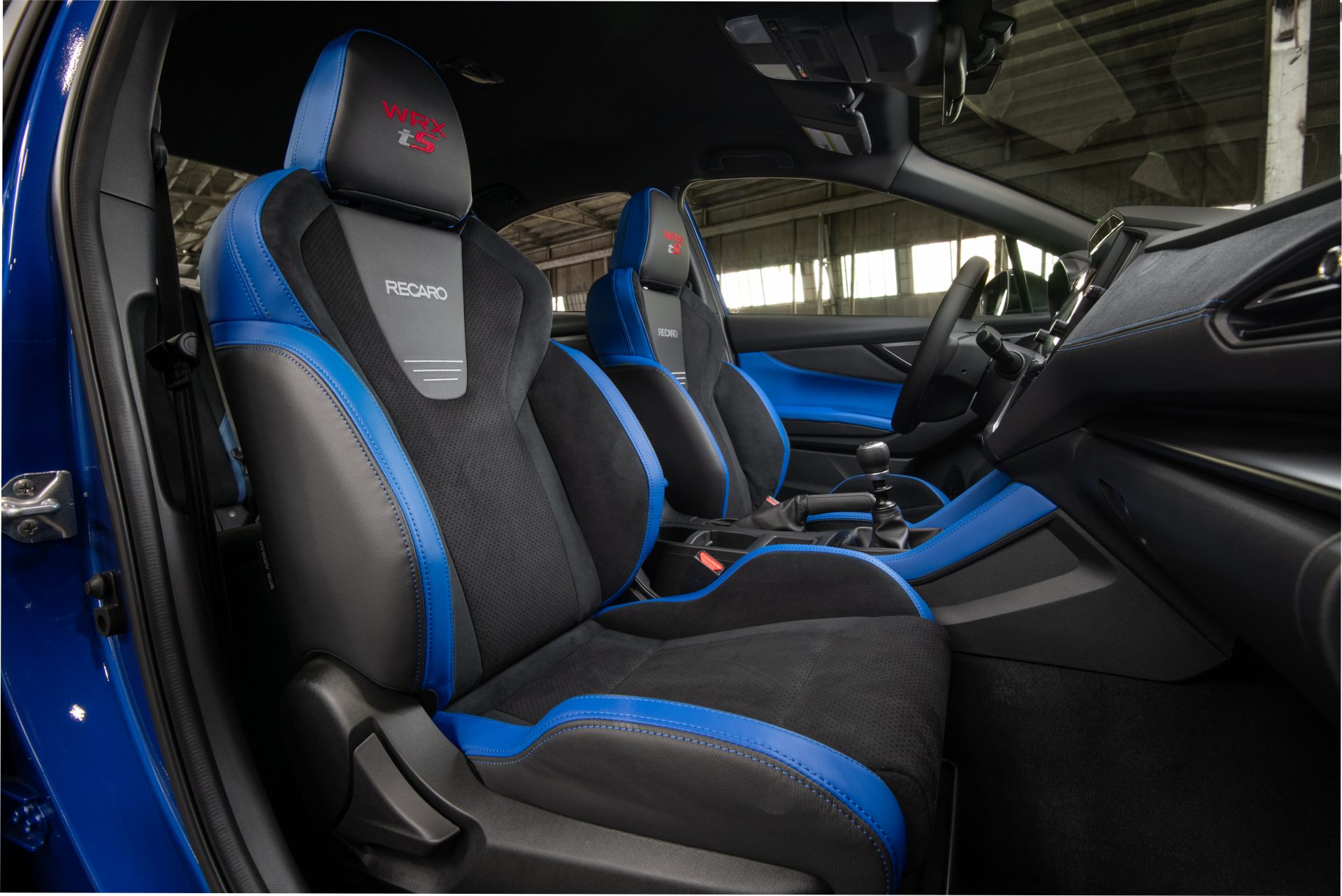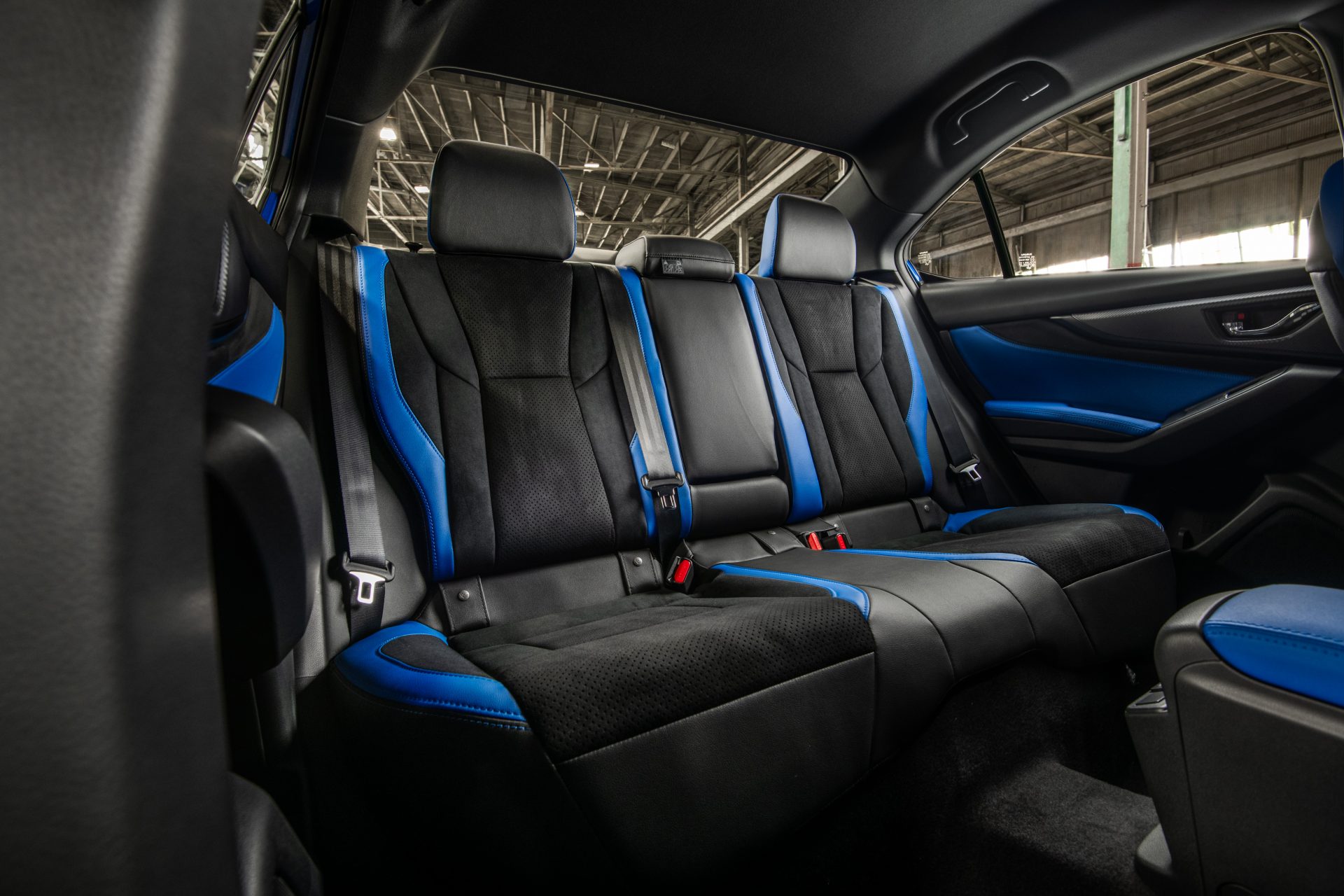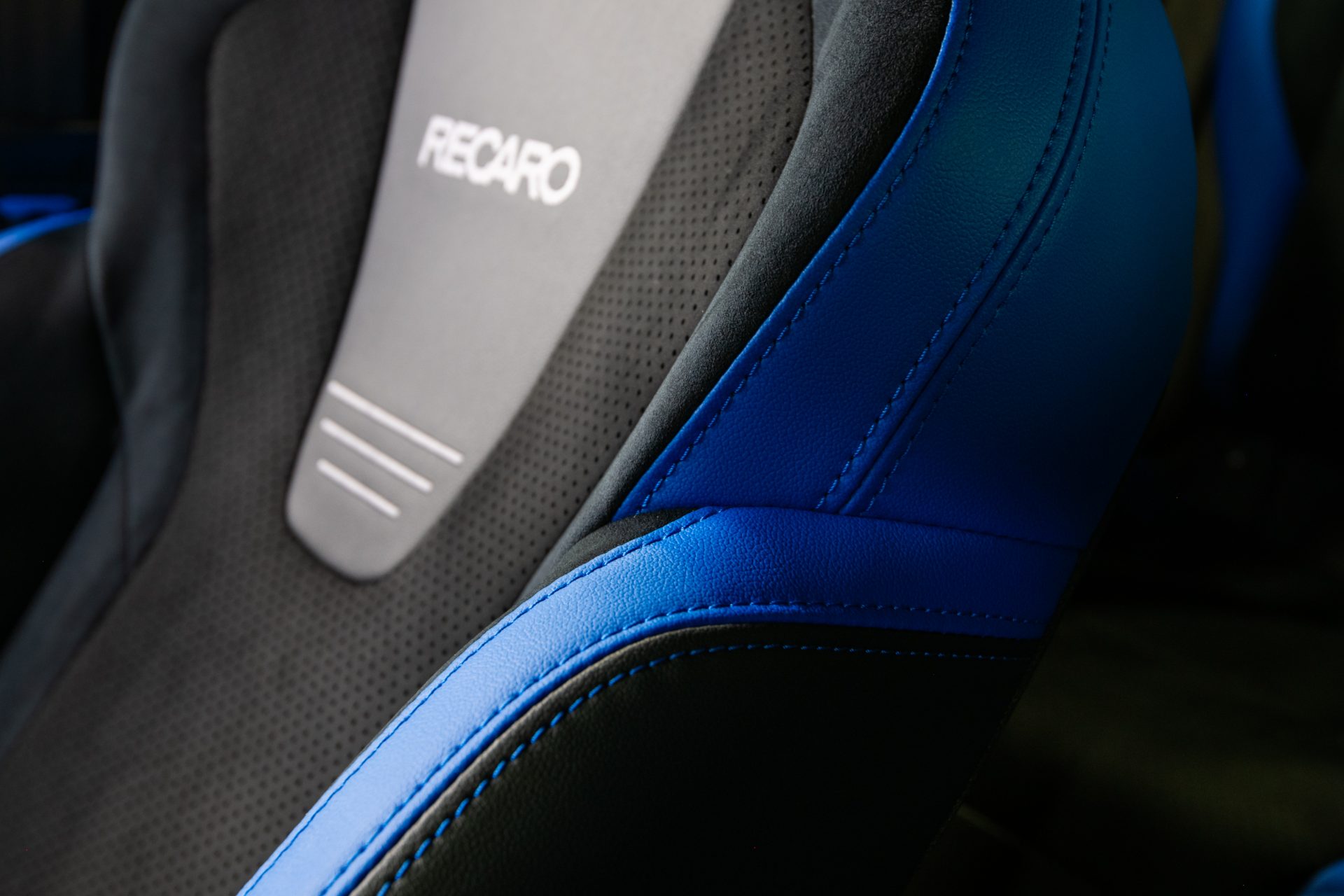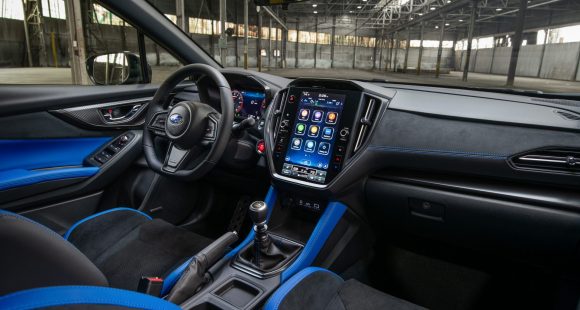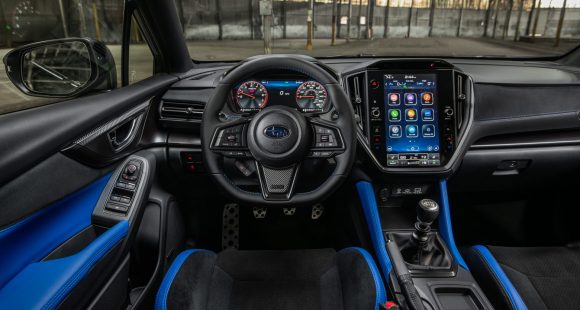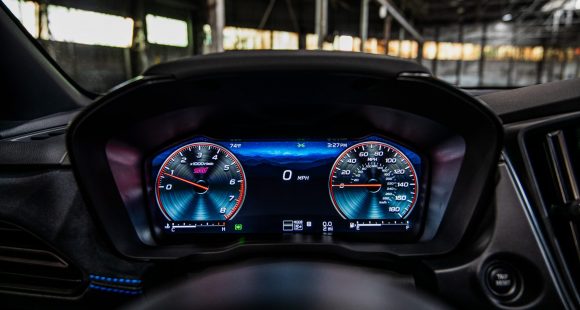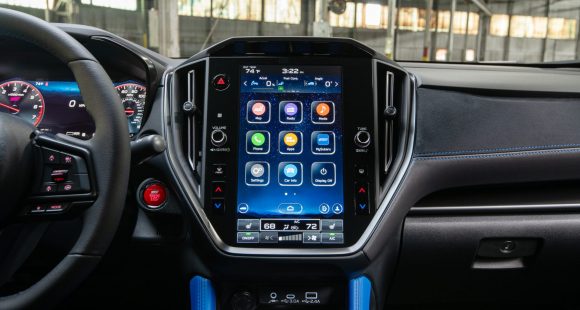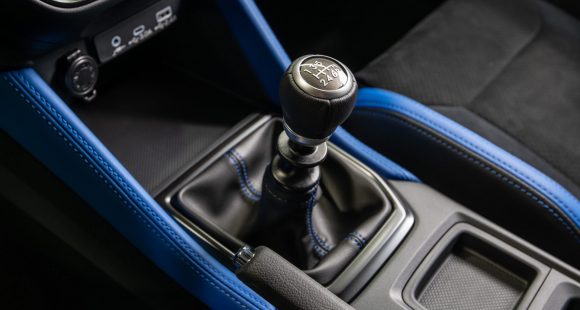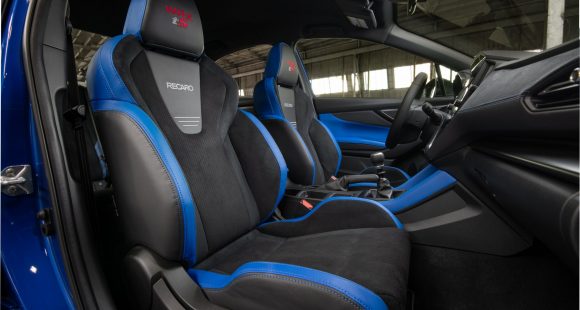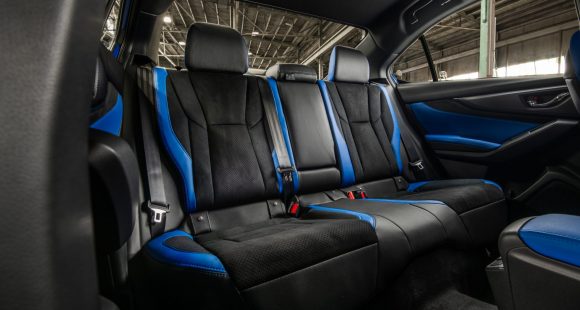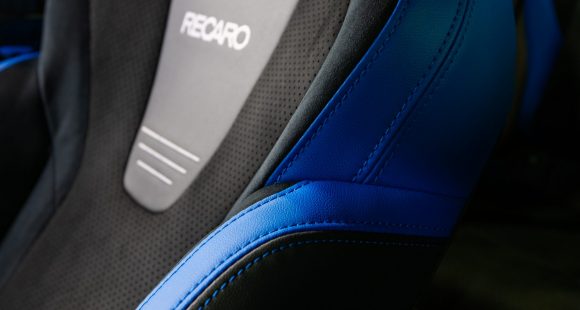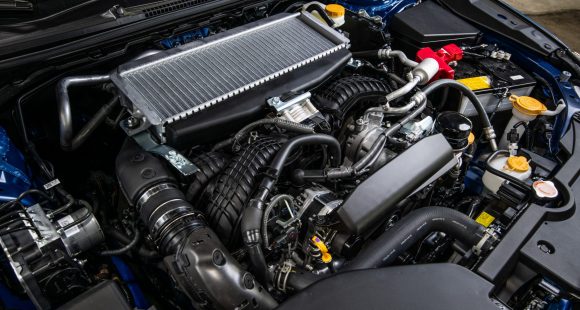2014 Porsche 911 Turbo S
2014 marks the 50th anniversary of the porsche 911. and despite being a pentagenarian, the 911 is showing no signs of slowing down. in fact, now that a turbo 991 has arrived it’s moving along quicker than ever. so come along as we hit our favorite road course, savannah’s roebling road raceway, to find out just how much faster and better this all-new 911 turbo really is!
While we are always pumped to drive a new Porsche, just as a race team begins thinking about their next race as soon as the checkered flag drops, we begin dreaming about the next Porsche we get to drive as soon as we hop out of one. So, no sooner did we pull our 911 C4S into pit lane at Roebling Road Raceway last year, we began thinking about this car, the 2014 Porsche 911 Turbo S.
The 911 Turbo and this 2-mile road course are made for each other. Unlike previous gens of Turbo, with the 991-series, both Turbo and Turbo S models are available right away, with the S adding more standard equipment and more power from the 3.8-liter twin-turbo flat-6.
Turbo numbers are 520-horsepower and 487 lb-ft. of torque. The Turbo S hikes those to 560 and 516, with up to 553 lb-ft. of torque available at full throttle, with overboost as part of the Sport Chrono package.
If there’s one constant in our society, no matter how much you give, people always seem to want more, and the new Turbo delivers. How much more? Well, the Turbo S is the quickest road going production Porsche ever. On Roebling’s front straight, we managed to hit 60 in 2.9-seconds, with the ¼-mile pass taking 10.8 at 129 miles-per-hour.
 And as great as that is, the real reason you should want a Turbo is for the handling. It’s all-wheel-drive of course, and the current system is a evolution of the torque vectoring setup with an added Electro-hydraulic control for the multi-plate coupling that enables more power to be delivered to the front axle faster.
And as great as that is, the real reason you should want a Turbo is for the handling. It’s all-wheel-drive of course, and the current system is a evolution of the torque vectoring setup with an added Electro-hydraulic control for the multi-plate coupling that enables more power to be delivered to the front axle faster.
In addition, the Turbo gains rear wheel steer. With an electromechanical actuator for each back wheel, the system provides varying degrees of steering to both tighten turns and increase high speed stability.
But even with electronics managing just about every aspect of the chassis, the drive experience is about as intuitive and easy as it can be. Amazingly enough, Porsche has succeeded in not entirely dialing out all of the driving enjoyment. But if you’re looking for hairball, rear end out kicks, you might have to wait a few more months for the GT3. This car has phenomenal grip. The harder you push it through corners, the more it eggs you on.
Active roll compensation keeps things flat no matter the speed, and the stability and overall manner through high speed sweepers is incredible. Roebling also has a few tight corners and when coming off of them, depending on how much throttle you were able to maintain, you will experience some turbo lag going full off to full on.
We like big brakes and we cannot lie, the Turbo’s standard ceramic brakes are eye popping effective. As for transmission, the Turbo is PDK only, and while purists will surely cry for a manual, we’re beyond that. The PDK’s shifts are incredibly quick, and it makes street driving in every day traffic that much more livable.
Who would have thought you’d need to artificially pump exhaust sound into the 911 to get the full experience, more so, who would have thought we’d enjoy it so much!
 Visually, all the usual Turbo clues are here, wider hips, enlarged air intakes, and serious 20-inch wheels. While new active air elements like an extending front spoiler and a slotted rear wing take down force to new levels. Full LED headlights provide bright-as- day nighttime illumination on the Turbo S.
Visually, all the usual Turbo clues are here, wider hips, enlarged air intakes, and serious 20-inch wheels. While new active air elements like an extending front spoiler and a slotted rear wing take down force to new levels. Full LED headlights provide bright-as- day nighttime illumination on the Turbo S.
There’s plenty for the tactile senses to enjoy inside as well, from the 2-tone leather treatment throughout to the Turbo specific gauge package.
Government Fuel Economy Ratings are also improved to 17-City, 24-Highway, and 20-Combined. That also improves the Energy Impact Score to 16.5-barrels of oil and 7.4 tons of CO2 emitted annually.
As for pricing, does it really matter? While every red-blooded driver should want a Turbo, you either can afford one or you can’t. Sticker shock starts at $149,250; Turbo S at $181,950.
It is truly insane that Porsche has taken the rear engine platform to this level. The 2014 Porsche 911 Turbo simply exceeds all rational expectations. Can you have too much of a good thing? As far as we’re concerned, never. And you can be assured that Porsche engineers are already working on delivering even more for the next one. And yes, we are already thinking about driving it!
Specifications
- Engine: 3.8-liter
- Horsepower: 560
- Torque: 516 lb-ft.
- 0-60 mph: 2.9-seconds
- 1/4 mile: 10.8 seconds @ 129 mph
- EPA: 17 mpg city/ 24 mpg highway
- Energy Impact: 16.5 barrels of oil/yr
- CO2 Emissions: 7.4 tons/yr
2025 Subaru WRX tS
Subaru’s “World Rally eXperimental” Gets Tecnica-Tuned Tech
Building on its global rally heritage, WRX has been a standalone Subaru nameplate, marketed separately from garden variety Impreza, for two generations now. And while the current WRX still lacks the full STI treatment, this WRX tS serves up some of that high-performance spice we’ve been longing for.
Before we go flat out into our Track Test of this 2025 Subaru WRX tS, lets open the Subaru dictionary so we’re all on the same page. “tS” stands for “tuned by STI;” and “STI” is an acronym for “Subaru Tecnica International,” the brand’s high-performance sub-group best known for upgrading the WRX— oh, that stands for “World Rally eXperimental,” in case you didn’t know.
All that said, STI has been largely dormant for this WRX generation, but this tS sprinkles more of their engineering magic into the mix. No, that doesn’t mean extra power, but does mean significant chassis-related improvements.
First, electronically controlled dampers, adjustable through the 11.6-inch tablet-style infotainment screen. That meant a softer “comfort” mode on the 10+ hour commute to and from Savannah’s Roebling Road Raceway. But once we were there, it was the firmer “Sport+” setting all the way, heightening response from the WRX’s throttle and already quick dual-pinion power steering system. There’s still some body roll for rally-esque weight transfer, but it’s well sorted and provides the “toss-ability” you want in a WRX.
Though if you do autocross your tS, which we implore you to do, you might feel the six-piston front, two-piston rear Brembo brakes first. The bite is strong, giving good rotation in the corners and plenty of “halt” for this 3,400 lb. compact with minimal fade, keeping us on track all week…until some unfortunate winter weather passed overhead. No worries here, as Subaru’s Symmetrical All-Wheel-Drive system got us to the track for some powdered deserts: Frosted donuts served up Michelin style, a set of winter tires different from the grippy Bridgestone Potenza S007 rubber the tS typically rides on. Some prior hot laps of California’s Sonoma Raceway gave credence to those Bridgestones, and showed us what this hot-compact can do in ideal conditions.
It’s well sorted and provides the “toss-ability” you want in a WRX.
Other tS enhancements are cabin-based, namely these beautiful blue Recaros. Most of our staff appreciated their moderately-aggressive bolstering on both street and track. And they’re even heated, too. Another tS-only appointment is this 12.3-inch digital gauge display. It mimics the standard analog gauges with some additional info, but can switch to a navigation mode for more convenient route guidance.
We do wish our tS came in the new Galaxy Purple or the trademark World Rally Blue, but this Crystal White paint wasn’t too shabby, contrasting its Cherry Blossom Red badging and blacked-out lip spoiler. Otherwise, the tS is like any other WRX, down to the hood scoop funneling air to the top-mounted intercooler.
Underneath is the same turbocharged 2.4-liter flat-four in all other trims, boxing at 271 horsepower and 258 lb-ft of torque. The freak winter weather stopped straight-line testing, but a 0-60 time estimate of 5.5 seconds is about as spry as you realistically need, pulling strong through most of the tach; though the 6,000 RPM redline required attentive shifting of the six-speed box, which the tS comes exclusively with. The throws are precise, if a little long, and the clutch is wonderfully weighted.
With discontinuation of the Base trim, pricing for the WRX now starts with Premium at $36,920. The tS is at the top of the lineup with the automatic-only GT, both starting at $46,875. All WRXs continue to be made in Gunma, Japan.
If you’re an enthusiast itching to do the tuning yourself, perhaps the 2025 Subaru WRX tS is not for you. But if you want a plug-and-play experience, this is it. While it won’t exactly bestow the loose-cannon, top-level driving skills exhibited by famous WRC drivers upon you, the tS moves this WRX’s game in a direction we’ve so desperately wanted Subaru to take.
Specifications
As Tested
- Engine: 2.4-liter flat-four
- Tranmission: 6-speed manual
- Horsepower: 271
- Torque: 258 lb-ft







